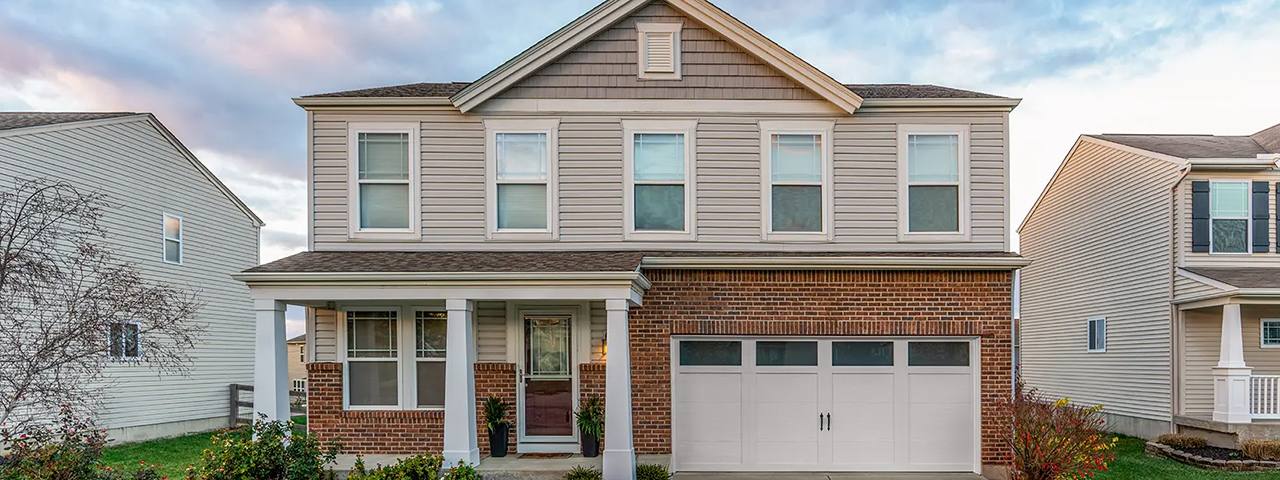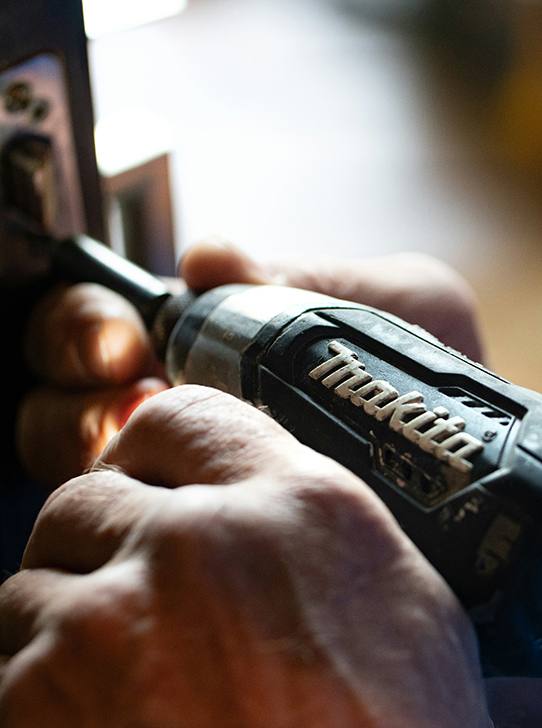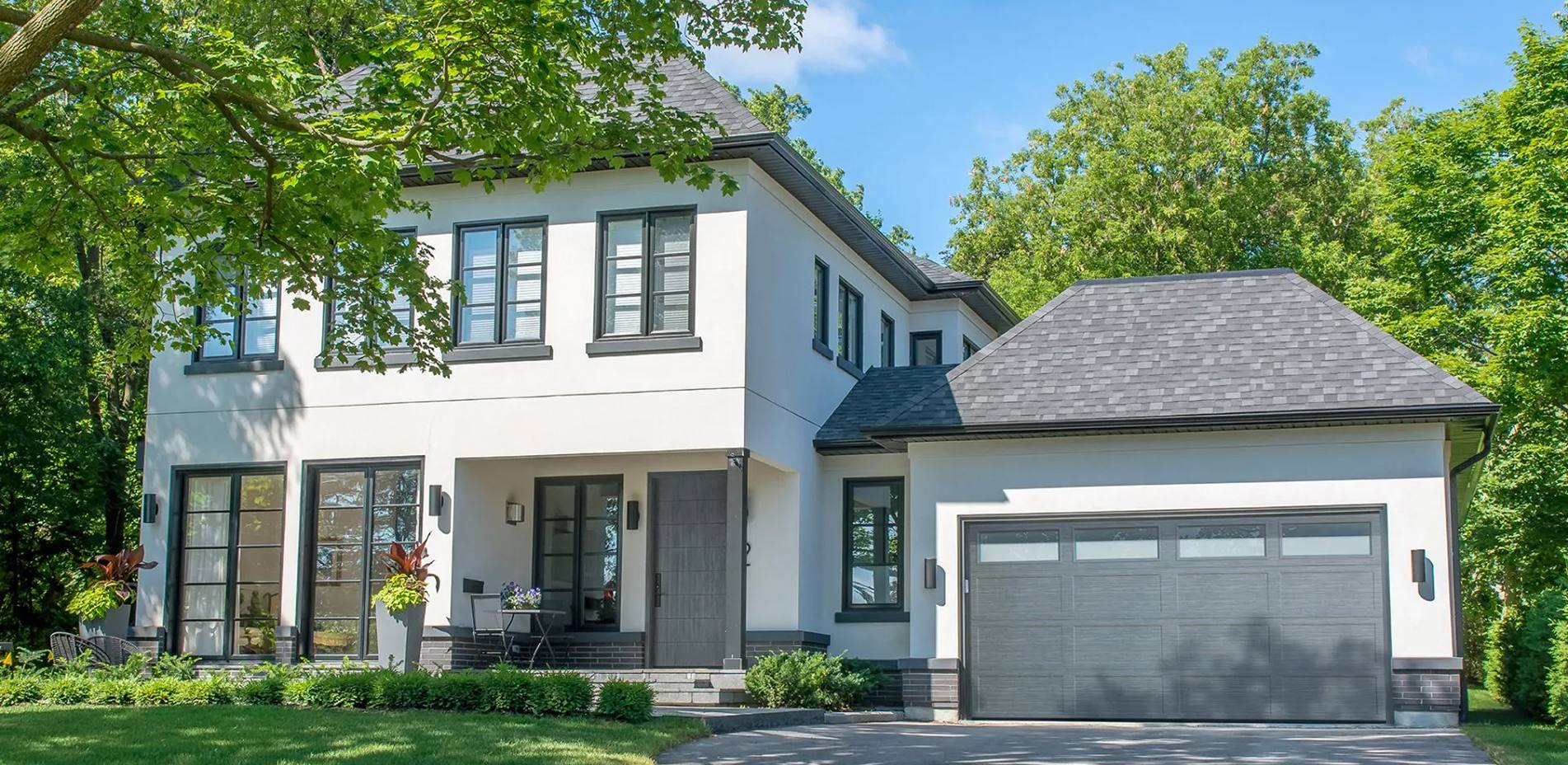
Welcome to our Homeowner's Guide to Garage Door Issues—a helpful resource that simplifies the process of dealing with common garage door problems. We get it; a malfunctioning garage door can throw a wrench into your daily routine. This guide is here to make things easier by giving you practical insights into when you can handle a simple fix on your own and when it's time to bring in the pros.
Our aim is to arm you with the knowledge you need to confidently deal with your garage door's quirks. Whether you enjoy rolling up your sleeves for a bit of home maintenance or prefer the ease of calling in an expert, this guide is here to help you navigate the common challenges that garage doors sometimes throw our way.
Identifying Issues & When to Repair Your Garage Door
Regular visual inspections and addressing issues promptly can help prevent more extensive and costly repairs in the long run. If you notice any of these signs, it's advisable to consult with a professional garage door technician for a thorough inspection and necessary repairs. Here are some common signs to look for:
- Unusual Noises: Grinding, scraping, or squeaking noises during the operation of the garage door may indicate issues with rollers, tracks, or other components. Unusual sounds can be a sign that lubrication or replacement is needed.
- Balance Issues: If the garage door appears unbalanced or has difficulty staying in position when partially open, it could be a sign of spring issues or other imbalances that need attention.
- Slow Response: If there's a delay or sluggish response when opening or closing the garage door, it may indicate problems with the opener, sensors, or other electronic components.
- Jerky Movements: Any jerky or erratic movements during the door's operation could be a sign of problems with the tracks, rollers, or other moving parts.
- Visible Wear and Tear: Inspect the garage door, tracks, rollers, and cables for visible signs of wear and tear. This includes frayed cables, rust on metal components, or dents in the panels.
- Lack of Smooth Operation: A garage door should operate smoothly without sticking or hesitating. If you notice any resistance, it may be a sign of issues with the tracks, rollers, or other moving parts.
- Door Reversal Issues: If the garage door reverses unexpectedly during closing or doesn't close fully, it may indicate problems with the safety sensors or limit switches.
- Sagging Sections: Check for any sagging or misalignment of individual door sections. This could be a sign of damaged panels or issues with the hinges.
- Seal and Weatherstripping Issues: Inspect the seal along the bottom of the garage door for any gaps or wear. Damaged weatherstripping can allow drafts, pests, or moisture to enter the garage.
- Opener Light Issues: If the indicator light on the garage door opener is blinking or not functioning correctly, it may indicate electronic issues that require attention.
- Visible Damage: Look for any visible damage to the garage door, such as dents, cracks, or warping. Addressing such issues promptly can prevent further damage and maintain the door's integrity.
- Difficulty in Manual Operation: If you experience difficulty manually opening or closing the garage door, it may be a sign of mechanical issues that need attention.

When you can DIY your garage issues
While some garage door maintenance tasks and minor repairs can be done by homeowners, certain issues require professional expertise due to safety concerns or the complexity of the repair. Here's a general guideline to help you determine when you can fix an issue yourself and when it's advisable to call a professional.
Lubrication
Regularly lubricating moving parts like rollers, hinges, and springs can be done by homeowners to ensure smooth operation.
Visual Inspection
Conduct regular visual inspections for signs of wear, tear, or damage. Cleaning and removing debris from tracks can often be done by the homeowner.
Weatherstripping Replacement
If the weatherstripping at the bottom of the door is worn or damaged, it's a relatively simple DIY task to replace it.
Sensor Alignment
If the garage door sensors are misaligned, you can usually correct the alignment by gently adjusting their position.
Programming Opener
For issues related to garage door opener programming or remote control syncing, homeowners can refer to the opener's manual for guidance.
When you should call a garage door professional
If you're unsure about your ability to handle a garage door issue, it's safer to consult with a professional from the beginning. Attempting to tackle complex repairs without the necessary knowledge and experience can lead to further damage or pose safety risks. Always prioritize safety and consider seeking professional assistance for anything beyond basic maintenance and simple adjustments.
Spring Replacement
Torsion and extension springs are under high tension and can be dangerous to replace. It's recommended to seek professional assistance for spring-related issues.
Cable Repair or Replacement
Cables are crucial components that require proper installation and tensioning. Professional expertise is needed for cable repairs or replacements.
Opener Repairs
Internal repairs to garage door openers, such as motor issues or gear problems, should be handled by a professional technician.
Track and Roller Issues
If there are problems with the tracks or rollers, especially if they require realignment or replacement, it's best to hire a professional for the job.
Panel Replacement
Replacing damaged panels may involve disassembling parts of the door, and it's typically a job for professionals to ensure proper alignment.
Complex Electronic Issues
If there are complex electronic issues with the garage door opener, safety sensors, or limit switches, a professional technician with knowledge of the system should be consulted.
High-Tension Components
Any work involving high-tension components, such as springs and cables, poses a safety risk. Professional technicians are trained to handle these components safely.
Safety Sensor Problems
If there are issues with the safety sensors that are not resolved by simple adjustments, it's advisable to call a professional for a thorough inspection.

Have an Emergency?
Call us today so we can get a technician to you as soon as possible!
(330) 275-2074